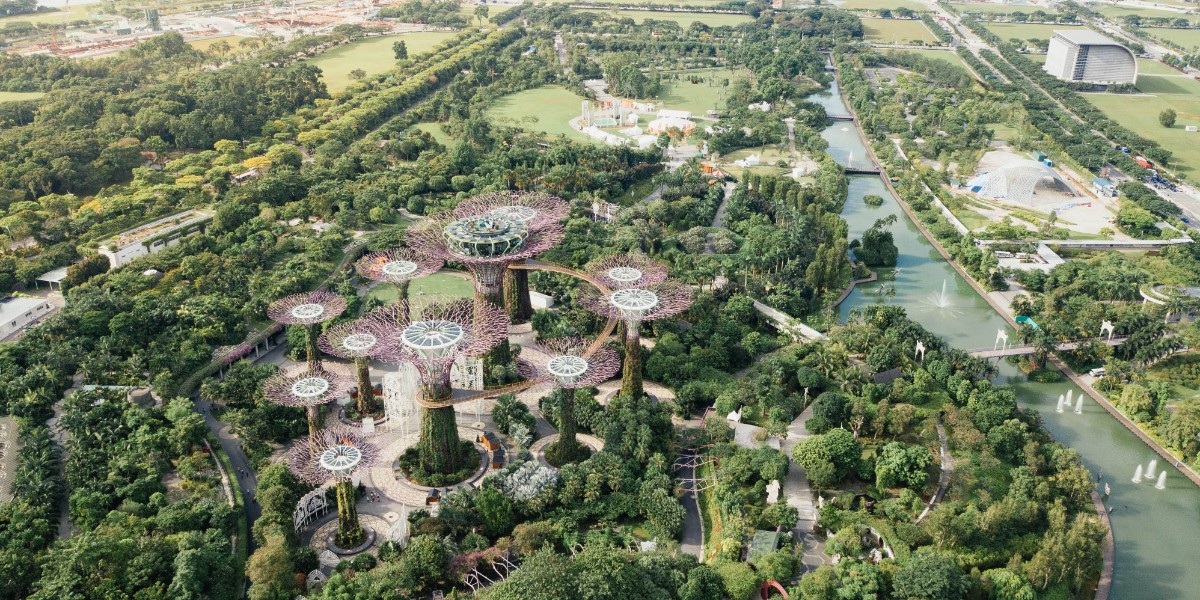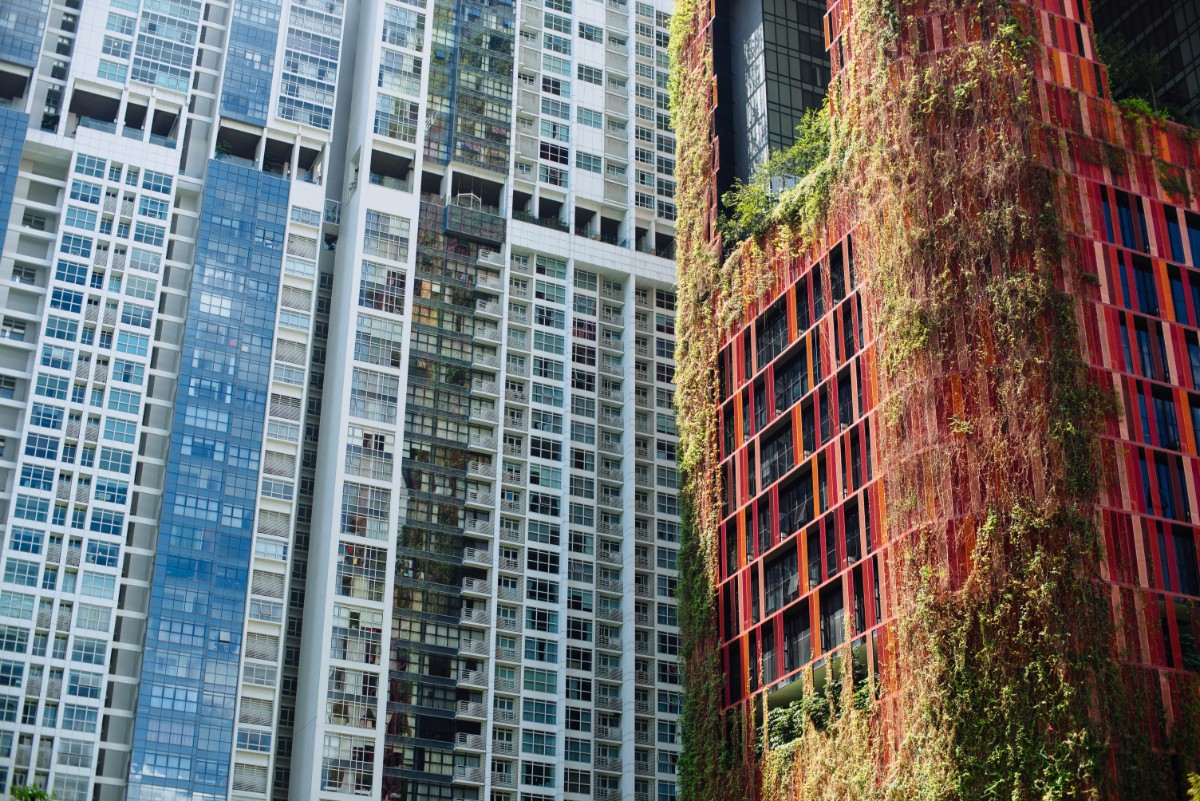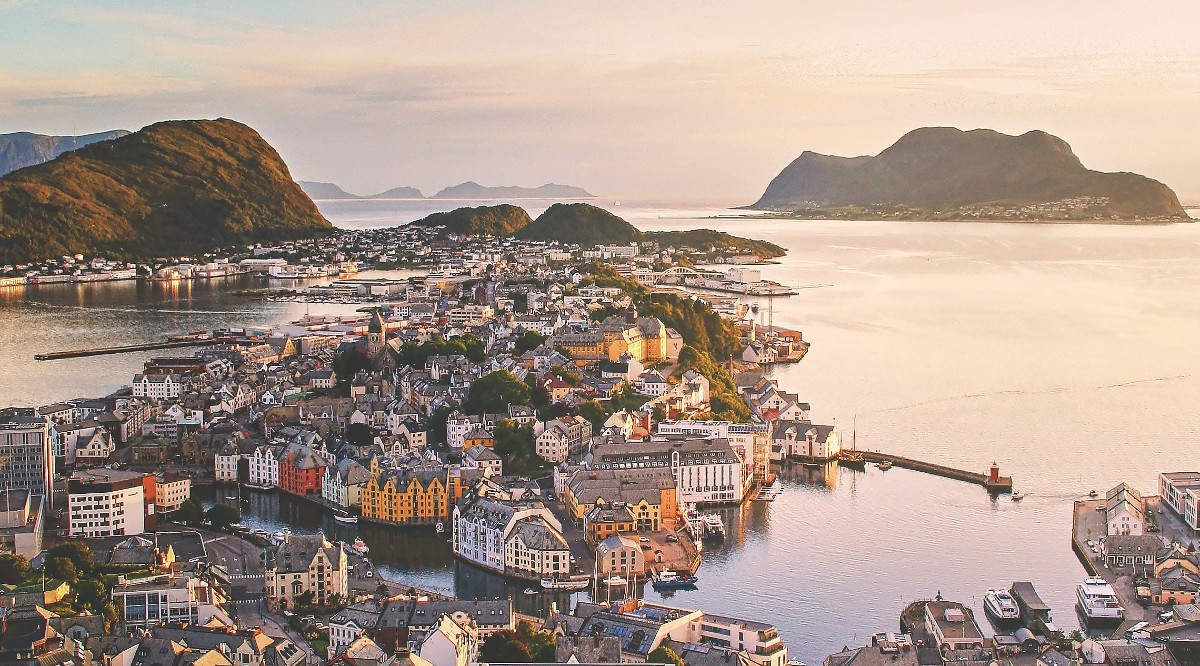Futuristic, eco-friendly cities can be greener and more eco-friendly, thanks to better use of natural resources.

We tend to think of cities as towering skyscrapers, collecting the best and worst of humanity in a small, crowded area—but we always think of them as built on land.
We may have to change our idea of a city if climate change continues to raise sea levels and eat away at currently developed shorelines.
Ocean cities could potentially be the societies of the future—but is it even possible to take a sprawling metropolis like New York or Los Angeles and turn it into a floating wonder?
The History of Floating Cities
Building on the water isn't a new concept. Humans have settled on the sea since 700 AD, when China’s Tanka people began building floating fishing cities. The Netherlands has expanded its coastline since the 1500s, and one of the busiest airports in Japan, Kansai International, is located on an artificial island that was built in 1994.
The main problem with these islands is the impact they have on the seafloor where they are located. They block the sunlight that plankton and sea plants need to survive and upset the seabed where they anchor.
They're often built over existing coral reefs, which can cause damage to these already at-risk habitats. With these environmental risks in mind, why are we looking to the sea as our newest building platform?
Forest and Sponge Cities

A number of land-based cities are already trying to reduce their impact on the environment. China has begun construction on the world's first "forest city," which is designed to help reduce air pollution, produce additional oxygen, and eventually house up to 30,000 people.
Every building in the city will be covered with plants and trees, and the entire city will run on solar and geothermal energy to reduce environmental impact.

Sponge cities, also in China, are constructed to absorb and reuse up to 70 percent of the rain that falls on the city every year. The use of concrete and asphalt prevents rainwater from being absorbed back into the soil, and the water that is absorbed is often contaminated with oil, fertilizer, or other runoff chemicals.

Lingang in Shanghai is the first sponge city, and officials are trying to have at least 80 percent of the city's districts converted by 2030.
Reducing the Impact of Floating Cities
If the goal of these floating cities is to allow human habitation to be a little greener, what can we do to reduce our impact on the ocean when building these architectural marvels?
This challenge falls to the city planners and civil engineers. The trick will be to continue green city building trends—such as the forest and sponge cities—and turn them into blue-green trends in an ocean environment.
Consistent water monitoring in and around the ocean cities will be paramount—not only does it allow engineers to keep track of the areas where they build, but it will also alert them to any problem that could affect the ocean ecosystem.
Integrating natural filtration, by using oyster reefs to filter contaminants from the water, could also enable the engineers to turn these floating cities into something that could change the ocean for the better.
As with most green options, it's up to us to carefully observe the world around us and ensure that our new creations aren't interfering with the natural life cycle of ocean creatures, especially those already endangered or threatened.
Artificial islands should be built in such a way that they don't block migration routes or spawning grounds, or in a way that allows them to provide additional safety to at-risk plants and animals.
For the human inhabitants, waste rules will have to be strict. There is already an enormous floating island of waste plastic in the middle of the Pacific Ocean—we don't need the inhabitants of floating cities making it any larger by tossing their trash out into the waves.
As of 2017, the Great Pacific Garbage Patch was bigger than the country of Mexico.
If we can learn to live with the environment instead of working against it, ocean cities could potentially be the wave of the future—pun intended.
We need to remain more mindful of the impact these cities can have on the ecosystems where they are placed.

Planetizen Federal Action Tracker
A weekly monitor of how Trump’s orders and actions are impacting planners and planning in America.

Chicago’s Ghost Rails
Just beneath the surface of the modern city lie the remnants of its expansive early 20th-century streetcar system.

Amtrak Cutting Jobs, Funding to High-Speed Rail
The agency plans to cut 10 percent of its workforce and has confirmed it will not fund new high-speed rail projects.

Ohio Forces Data Centers to Prepay for Power
Utilities are calling on states to hold data center operators responsible for new energy demands to prevent leaving consumers on the hook for their bills.

MARTA CEO Steps Down Amid Citizenship Concerns
MARTA’s board announced Thursday that its chief, who is from Canada, is resigning due to questions about his immigration status.

Silicon Valley ‘Bike Superhighway’ Awarded $14M State Grant
A Caltrans grant brings the 10-mile Central Bikeway project connecting Santa Clara and East San Jose closer to fruition.
Urban Design for Planners 1: Software Tools
This six-course series explores essential urban design concepts using open source software and equips planners with the tools they need to participate fully in the urban design process.
Planning for Universal Design
Learn the tools for implementing Universal Design in planning regulations.
Caltrans
City of Fort Worth
Mpact (founded as Rail~Volution)
City of Camden Redevelopment Agency
City of Astoria
City of Portland
City of Laramie






























